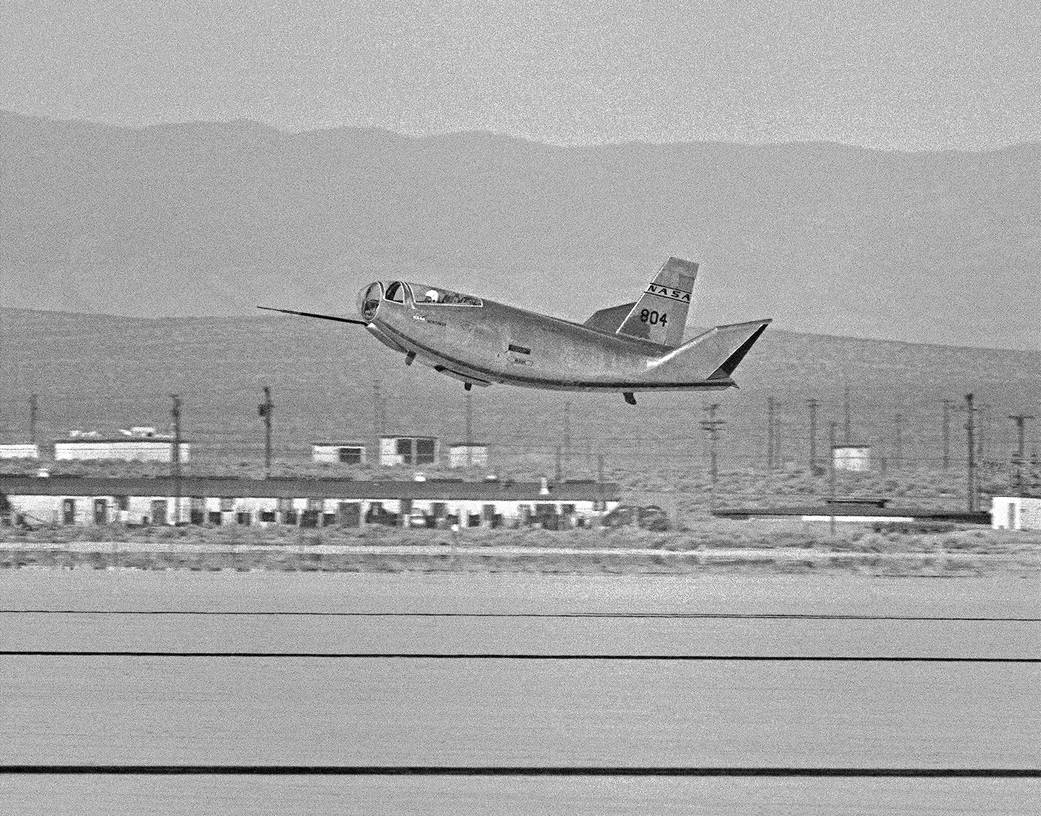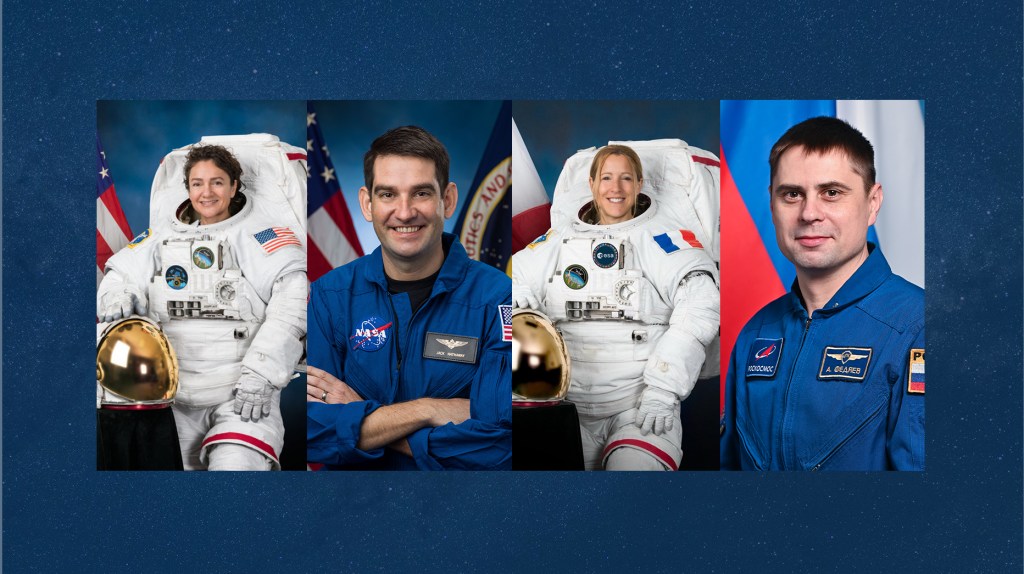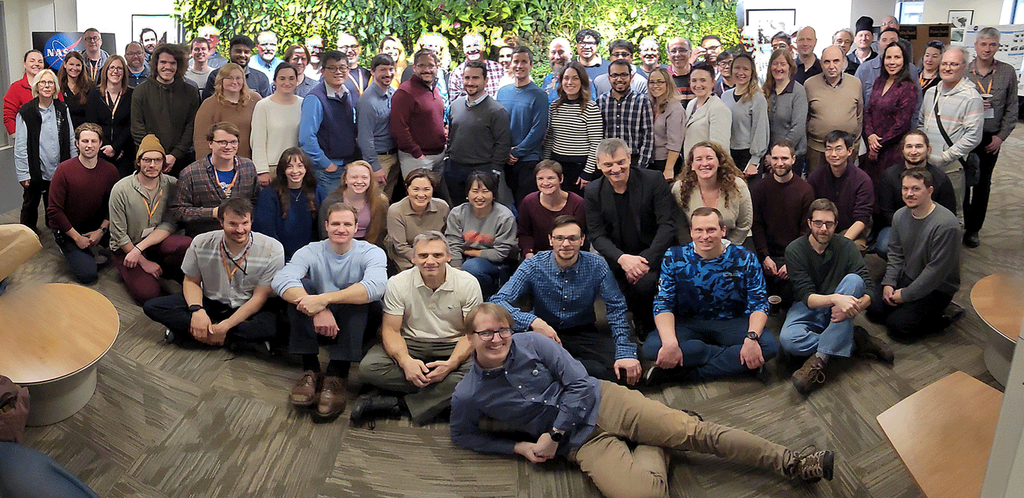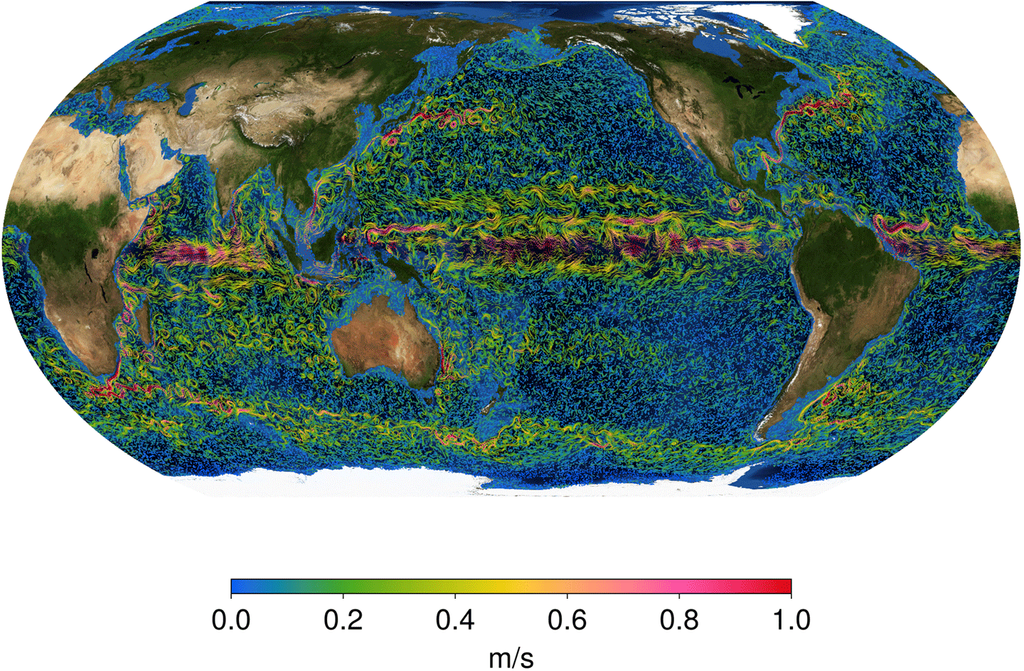
The HL-10, seen here parked on the ramp, was one of five lifting body designs flown at NASA's Dryden Flight Research Center, Edwards, Calif., from July 1966 to November 1975 to study and validate the concept of safely maneuvering and landing a low lift-over-drag vehicle designed for reentry from space.
E-16207
The HL-10 Lifting Body completes its first research flight with a landing on Rogers Dry Lake at Edwards AFB, Calif., on December 22, 1966. The HL-10 suffered from buffeting and poor control during the flight. Pilot Bruce Peterson was able to make a successful landing despite the severe problems. These were traced to airflow separation from the fins. As a result, the fins were no longer able to stabilize the vehicle. A small reshaping of the fins’ leading edges cured the airflow separation, but it was not until March 15, 1968, that the second HL-10 flight occurred.December 22, 1966NASA Photo / NASA photo › HL-10 Project Description































